Babes in the Wood murders: Paedophile killer Russell Bishop found guilty of murdering Karen Hadaway and Nicola Fellows in 1986
‘Cruel and desperate’ predatory paedophile tried to accuse victim’s father of murder, but was trapped by some of the most modern DNA techniques known to science
Babes in the Wood killer Russell Bishop has been found guilty of the paedophile murder of nine-year-olds Karen Hadaway and Nicola Fellows, 31 years after being tried and acquitted of the crime.
After waiting 32 years to see their daughters’ killer convicted, the two girls’ families described Bishop as “evil personified”. The unanimous verdict of the Old Bailey jury brings to an end a tragic story that began when Bishop sexually assaulted, strangled and killed the girls in an ivy-covered den in Brighton’s Wild Park on 9 October 1986.
Bishop was swiftly arrested, but when the case came to trial at Lewes Crown Court in December 1987, it took a jury just two hours to clear him. Less than three years later, he committed a horrific attack on a seven-year-old girl, snatching her off the street, bundling her into the boot of his car and driving her to a remote beauty spot before strangling, sexually assaulting her and leaving her for dead.
The girl, however, survived to become what one former detective called “an exceptional witness”, who was instrumental in Bishop being convicted and given a life sentence for the 1990 attack.
The fact Bishop was freed to strike again has helped ensure that the Babes in the Wood murders have, as Detective Superintendent Jeff Riley leader of the cold case investigation admitted, “hung like a cloud over Brighton” for three decades.
Sussex Police faced repeated claims that they had somehow bungled the original murder investigation, with particular focus on how they and scientific experts handled forensic evidence.
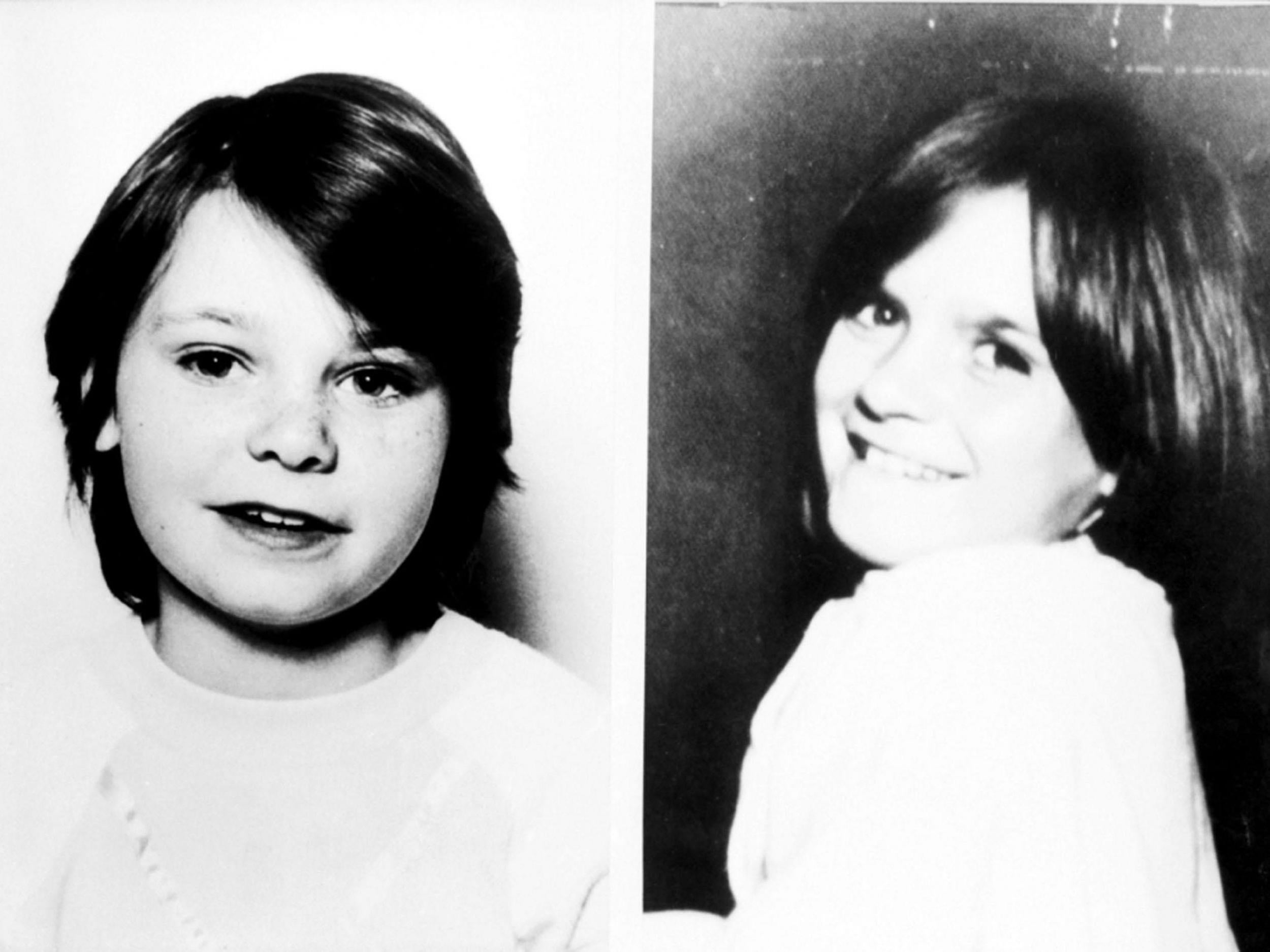
The bereaved families, meanwhile, never once gave up in their quest for justice for their children.
Karen’s mother Michelle Hadaway, 61, attended every day of both the 1987 and the 2018 trials, and was in court to watch Bishop finally be convicted of killing her daughter, after advances in DNA profiling allowed forensic scientists to link him to the crime with a one-in-a-billion chance of error.
Ms Hadaway’s former husband Lee, however, never lived to see his daughter’s killer convicted of murder.
After weeping in court when Bishop was cleared in 1987, he suffered a fatal heart attack aged 50 in 1998. His family described him as a father who died of a broken heart.
Nicola’s father Barrie Fellows, on the other hand, faced an unfounded 30-year whispering campaign that he was the real killer.
Bishop seized upon this, instructing his Old Bailey defence team to accuse Mr Fellows of murdering his own daughter. Out of court, speaking on behalf of Sussex Police, Mr Riley condemned this as “cruel and desperate measures from a desperate man”.
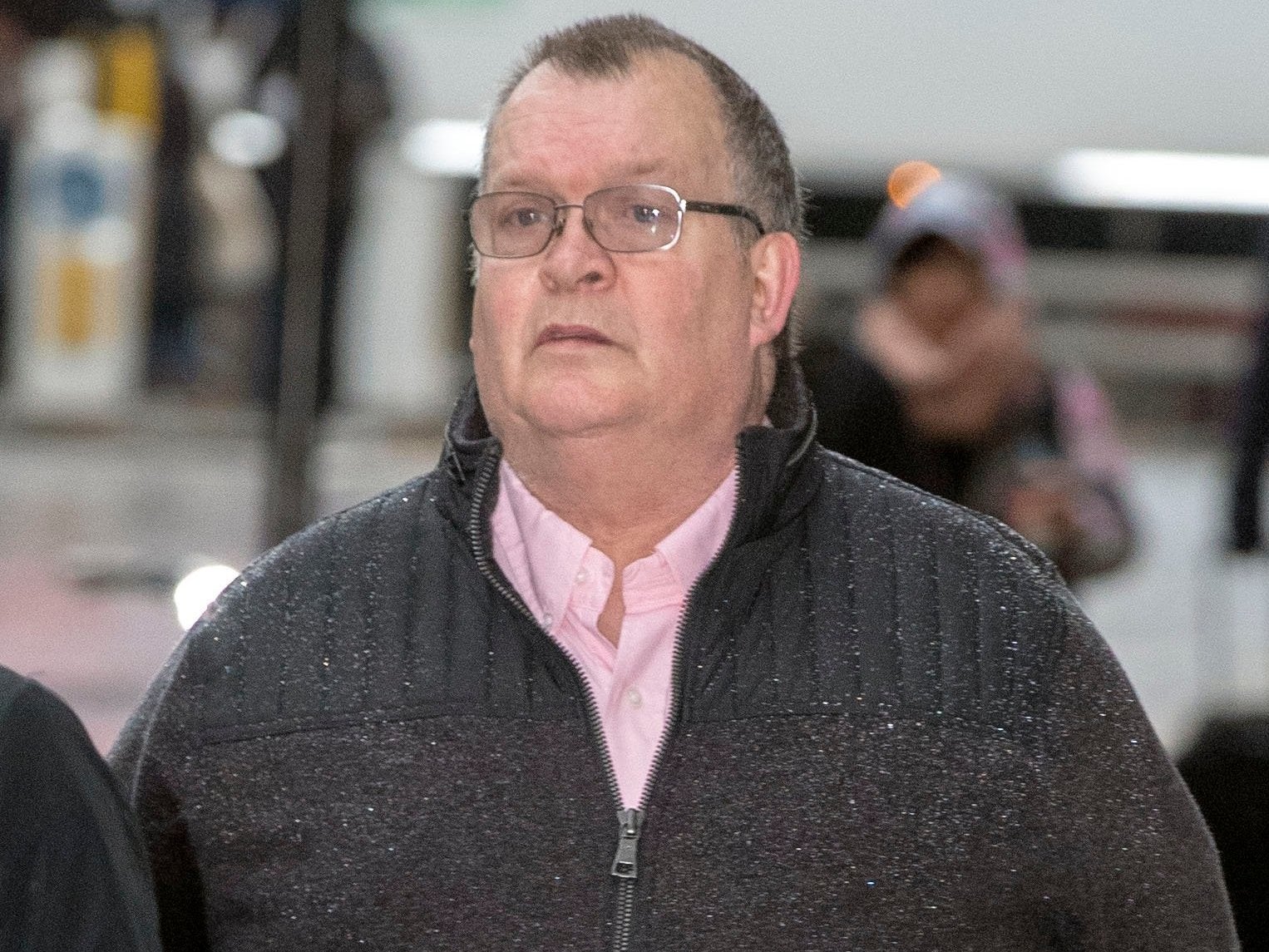
It meant that Mr Fellows, 69, entered the witness box to face a barrage of what the prosecution called “unsubstantiated salacious allegations” that he had watched his own daughter being molested in a child sex abuse video.
Mr Fellows was pushed close to tears as he denied involvement in his own daughter’s death.
His denials were fully corroborated by the evidence of a pathologist who said the postmortem records showed there was no evidence Nicola had been abused in the months before her murder.
Brian Altman QC, prosecuting, accused Bishop of scraping the barrel and seeking to drag Mr Fellows’ name through the mud in order to “create a smokescreen in the hope that, quite literally, he would get away with murder twice.”
Questions remain about the timeline presented to the jury in the 1987 trial and whether it might have assisted the defence.
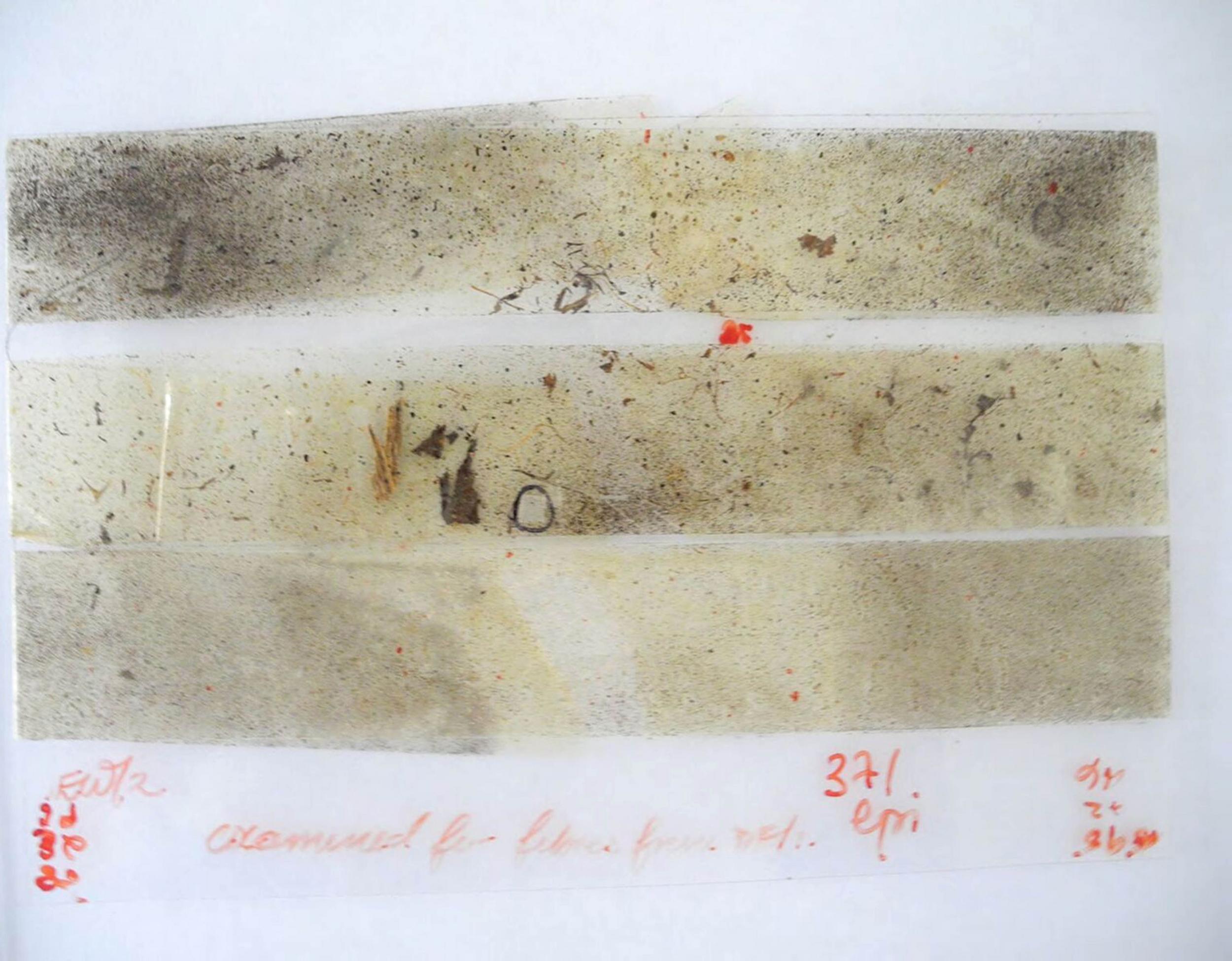
But after all the criticism of Sussex Police, it was the forensic evidence they helped collect in 1986 that finally convicted Bishop in what is the thought to be the oldest UK case to have ended in a successful double jeopardy prosecution.
An independent expert reviewed every step in the 32-year history of the handling of the exhibits, and concluded there was no realistic possibility of the forensic integrity of the evidence presented in court having been compromised by cross-contamination.
This allowed Mr Altman to present the samples collected in 1986 as being so carefully preserved as to be “a time capsule” providing “devastating” proof of Bishop’s guilt.
The Old Bailey jury was told that in 2014 samples taken from Karen’s left forearm in 1986 were re-examined in the hope of finding traces of DNA.
This yielded skin flakes which were subjected to ultra-modern profiling techniques to produce a result that was one billion times more likely if Bishop’s DNA were present than if it was absent.
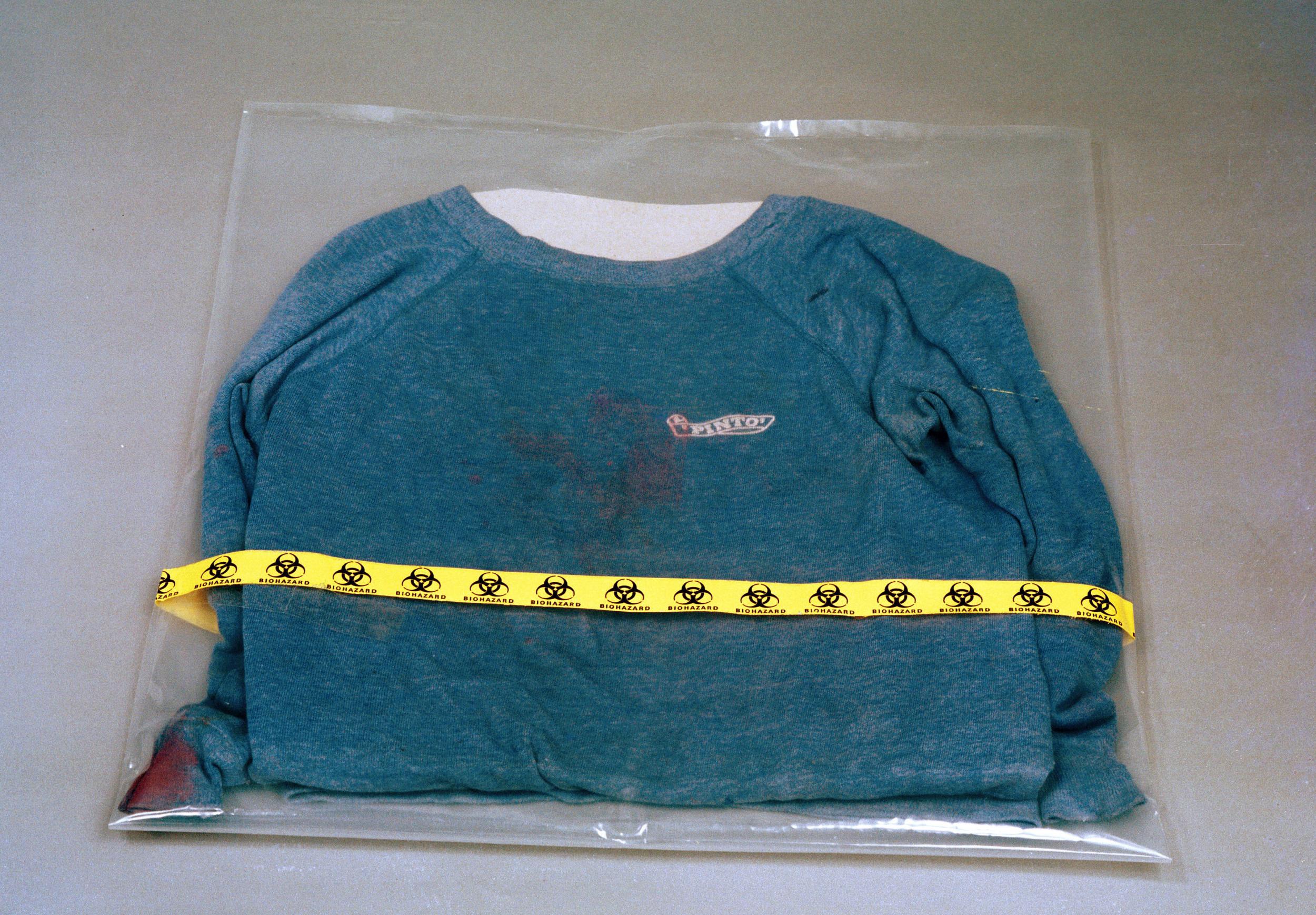
Modern DNA techniques were also used to prove what the prosecution had said all along: that a paint-spattered light blue Pinto-branded sweatshirt found discarded on the night of the murder was what Bishop had been wearing when he killed the girls.
In 1987, when DNA profiling was in its infancy, the prosecution had to rely on analysis of paint stains, clothing fibres and plant material to present a case that the sweatshirt was linked to Bishop, to the ivy-covered murder scene and to the dead girls.
In 1987 the defence had seemingly been successful in casting doubt on this forensic evidence.
In 2018, however, the prosecution could present the Old Bailey with modern DNA analysis of 1986 samples from the sweatshirt that had uncovered a profile which would be “in excess of one billion times more likely if DNA was present from the defendant”.
Independent reviews of the paint, plant and fibre forensics also backed the 1987 findings that the sweatshirt was linked to Bishop, the murder scene and the girls.
Effectively, DNA had turned up new evidence linking Bishop directly to the body of Karen Hadaway, and provided heavy reinforcement for the claim he had been wearing the Pinto sweatshirt when he ended the lives of two little girls.
His lawyer tried to suggest the “time capsule” was contaminated and “leaky”, but the court never got to hear Bishop himself attempt a detailed explanation of the DNA evidence.
He effectively fled from his accusers before that could happen, waiting until the jurors had filed out for their lunch break before telling judge Mr Justice Sweeney he did not wish to face any more of Mr Altman’s cross-examination.
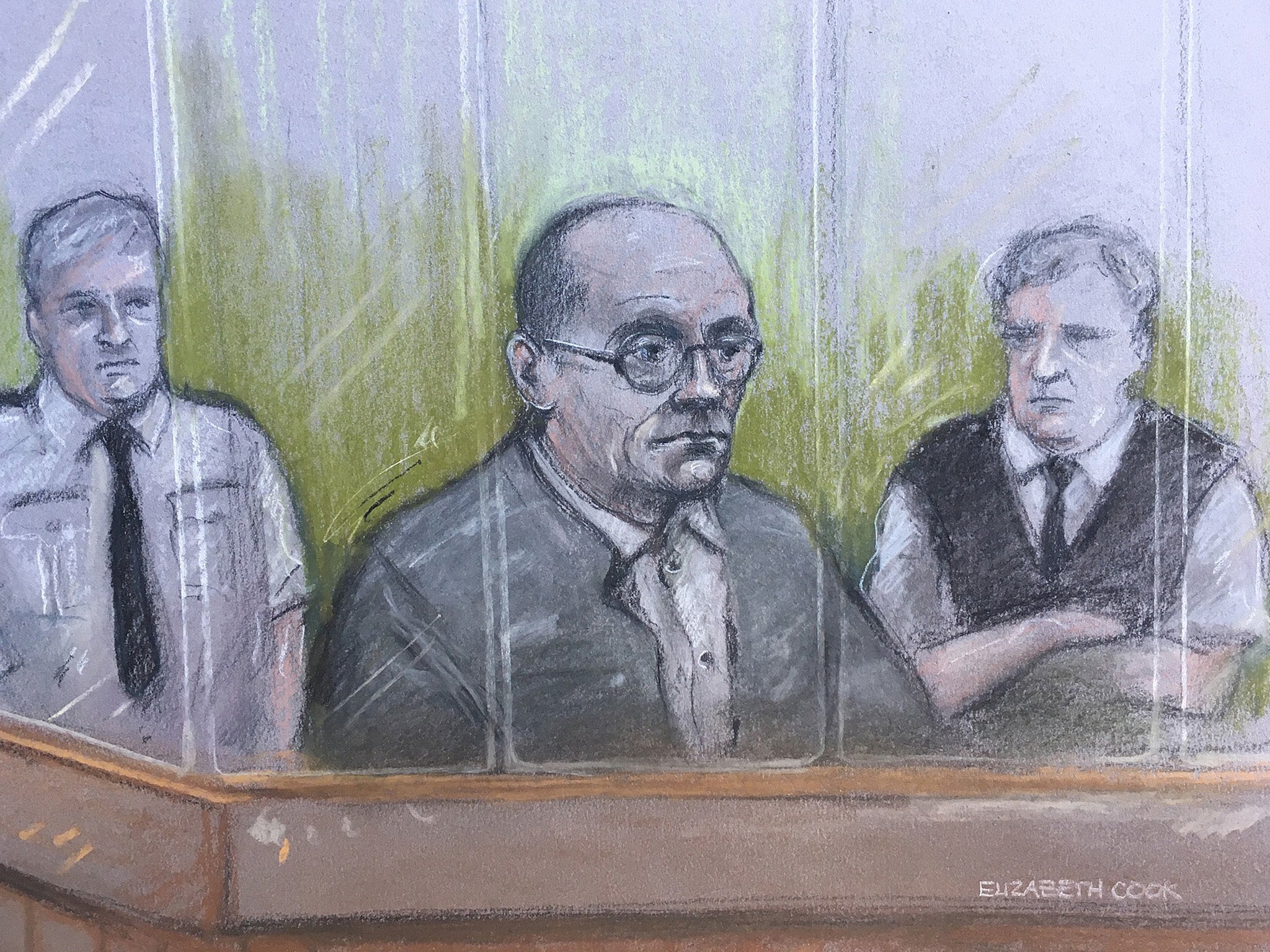
Bishop, it seemed, could not handle being confronted with the grooming letters he sent to a 13-year-old girl in 1987 – while on remand awaiting trial for the Babes in the Wood murders – and being repeatedly told: “You have a sexual interest in children. You are a paedophile.”
He expressed shame for the attack on the seven-year-old girl, but perhaps with an eye on his own ego as well as escaping justice for the murders of Karen and Nicola, he repeatedly denied he was a paedophile.
And so the Old Bailey witnessed the unusual spectacle of a defendant admitting he had violated a seven-year-old child “to belittle and shame her” – because at least that way Bishop could avoid confessing his true sexual urges.
Bishop who, the court heard, had expressed concern for his parole chances but not his seven-year-old victim, also admitted he had lied throughout his 1990 trial.
The jurors clearly decided he had lied for three decades about the Babes in the Wood killings, and carried on lying while inside court number 16 of the Old Bailey.
It took two hours for a jury to acquit Bishop in 1987. It took the 2018 jury just two and a half hours to deliver a unanimous verdict. They found him guilty of murdering Karen Hadaway and guilty of murdering Nicola Fellows.
“We will never know what kind of artful deception he practised to persuade those two little girls to go with him,” Mr Altman had told the jurors, “But persuade them he did.
“Those girls were blindly led to their deaths in a den from which they never emerged alive.”
After 32 years of denials that began the moment he was arrested, Russell Bishop was finally exposed as the murdering paedophile he is.
Bishop, however, was not in court to hear the verdict delivered. He had preferred to stay in a prison cell rather than go to the Old Bailey to face the verdict of the men and women of the jury.
The surviving members of both families were there, though.
As the jury foreman declared Bishop guilty of murder, there was a cry of “Yes!” from where relatives of the two girls were sitting, and the sound of crying.
Immediately afterwards, Michelle Hadaway could be seen wiping tears from her eyes. The other bereaved mother, Susan Eisman (formerly Fellows) shared a prolonged, tearful hug with one of Michelle Hadaway’s surviving daughters.
Both families waited outside court to cheer the jury members as they left the Old Bailey building.
“After 32 years of fighting,” said Michelle Hadaway, “We finally have justice for Karen and Nicola.
“Time stood still for us in 1986. To us, those beautiful girls will always be nine years old. They will never grow up.
“What people like Bishop inflict on the families of their victims is a living death.”
She added: “What’s been hard, horrendous and heart-breaking is to hear that they were murdered by a disgusting paedophile, who we actually knew, and the two girls liked and trusted. He abused that trust.
“Bishop doesn’t deserve to breathe the same clean air as we do. After all, he decided that day to strangle the life out of our two angels, leaving them no air to breathe.
“What makes a man want to squeeze the life out of two innocent children with his bare hands? Unbelievable, when he had a child himself and another on the way.
“He’s a coward, without a conscience. I don’t believe you can rehabilitate evil. I think Bishop was just born that way.
“People talk to me of forgiveness, but I can never forgive or forget what that evil monster did to my beautiful Kaz and Nicky.”
The Fellows family said: “The guilty verdict doesn’t bring Nicola and Karen back, but we know that other children are now safe from the hands of Russell Bishop.
“He is a monster, a predatory paedophile. Russell Bishop truly is evil personified.”
In court, Judge Mr Justice Sweeney said he would sentence Bishop on Tuesday afternoon.
“I require him to be here,” the judge said. “I know I can’t force him to be here.”
Then the judge turned to Karen and Nicola’s families.
He offered “a heartfelt tribute to the two families, for the extraordinarily dignified way they have conducted themselves throughout these traumatic proceedings, often in the face of circumstances which would have reduced others to behaviour they never once showed.”
“If I may say so,” the judge added, “They have the court’s complete admiration and thanks for the way they have conducted themselves.”

